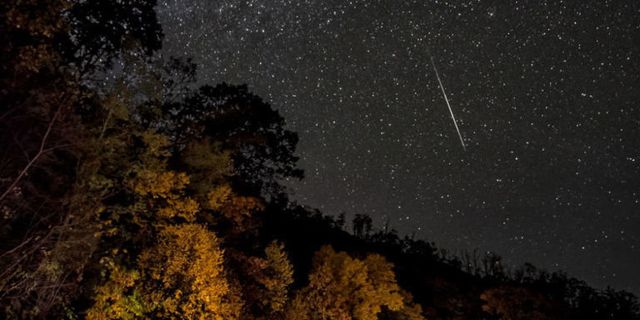The Orionid Meteor shower takes place from October 2 to November 7, as the Earth passes through a trail of debris left behind by Halley's Comet. You could catch sight of a meteor at any point during that time, but the peak of the meteor shower is from October 20 to 22, when there should be 10 to 20 meteors an hour.
As with most meteor showers, the best time to catch the show is in the early hours before dawn, when the sky is darkest. On the morning of October 21, there was a waning gibbous moon that might have been too bright for many meteors to be visible, but the moon will continue to get smaller in the sky as we near the end of October. So pick your morning to get up early.
The meteors radiate from the Orion constellation, so finding Orion in the sky can help locate more meteors, but really all you need to do is look up and be patient. Find a comfortable spot away from city lights and give your eyes 20 minutes to adjust. If you stay vigilant, you should be rewarded by fragments of Halley's comet going out in a blaze of glory as they are incinerated by the atmosphere of our planet.













